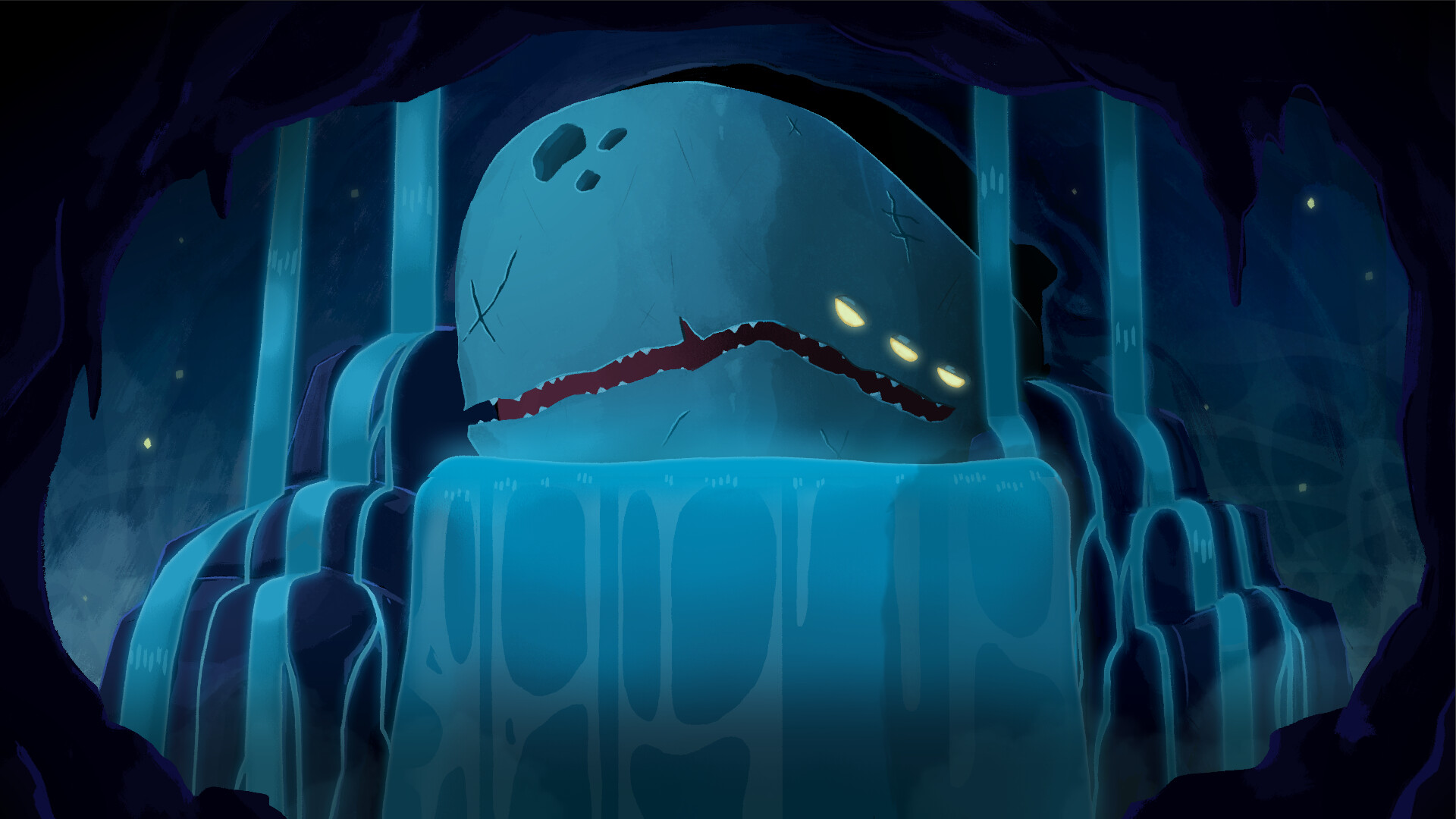I didn’t learn about open-source game engine Godot until last year, when its profile was raised by an extraordinary fumble from commercial game engine Unity. Now Godot is being used to make Slay the Spire 2, which instantly became one of my most highly anticipated games when it was announced this week.
Slay the Spire 2 developer Mega Crit said last year that, despite already having spent over two years building its next game in Unity, it would switch engines if the company didn’t reverse an enormously unpopular new policy which would have, under certain conditions, charged game developers each time someone installed their Unity-based game.
“We have never made a public statement before,” Mega Crit said in an open letter directed at Unity. “This is how badly you fucked up.”
Unity did eventually backtrack on the per-install fee, and the mess it caused led to the resignation of now-former Unity CEO John Riccitiello, but Mega Crit stuck with the Slay the Spire 2 engine switch. Yesterday, IGN confirmed that Godot was the engine it chose.
I tried Godot myself after learning about it last year, and found it more intuitive than I expected, and easily powerful enough for someone with my low-grade hobbyist level coding ambitions. Whether Godot is enough for professional game developers who want a Unity alternative was a matter of some debate when it entered the spotlight last year, but Slay the Spire 2 would seem to be evidence that, at least for certain kinds of games, it can do the job. Survival FPS Road to Vostok also switched to Godot last year.
Godot is offered under the MIT license, and is completely free to use “for any purpose.” Its development is funded by donations; Mega Crit is one of its major sponsors, as is Terraria developer Re-Logic.


